
Effect: Three spectators choose one card each and memorizes them. The performer deals groups of cards and the spectators put their cards in different piles each. The performer stacks the piles together and eliminates all other cards and the remainning three cards are those of the spectators.
Method
- Have three volunteers choose one card each and memorize them.
- Deal one pile of ten cards, then beside it a pile of fifteen cards, then beside it another 15-card pile. Keep the remaining nine cards with you.
- Have the first spectator put his/her card on the 10-card pile. Then let him/her cut a part from the 15-card pile next to the 10 card pile and put it on top of his/her card.
- Have the second spectator put his/her card on the 15-card pile that the first spectator got from. Let him/her cut a part from the last fifteen card pile and put it on top of his/her card.
- Let the third spectator put his card on top of the final pile of cards. Put the nine cards you have with you on top of the final pile.
- Stack up the piles all together. First the third on top of the second, then the second on top of the first.
- Take out 4 top cards and place them on the bottom.
- Make clear that the cards are now lost and you will find them.
- Explain that you are going to flip a card up and next to it one down and keep on repeating this until you don’t have cards in your hand.�
- Tell the spectators to say “Stop” if they see their card.
- Deal the cards alternately into two piles, one face up and one face down, starting with the face-up pile.
- When all the cards have been dealt (the spectators won’t see their card unless you mess up), push the face-up pile aside and pick up the other pile. Deal it into two piles in exactly the same way. Keep repeating this until you have only three cards left face down.
- Turn them over, and there are their cards. The top one is the third person’s card, the next is the second person’s card, and the bottom one is the first person’s card.

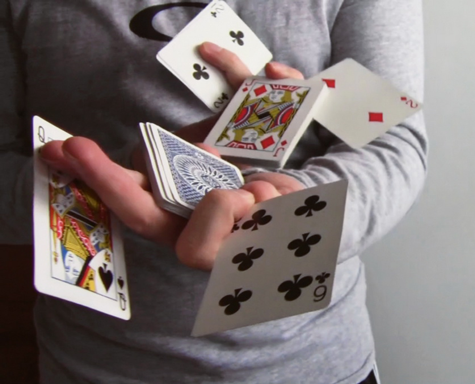

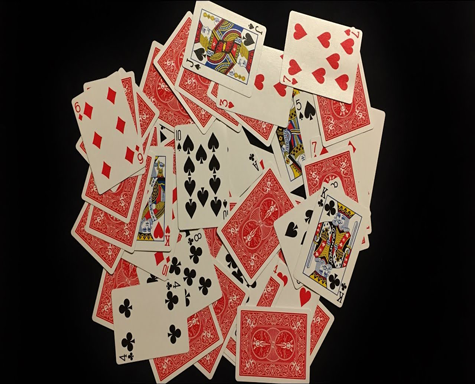
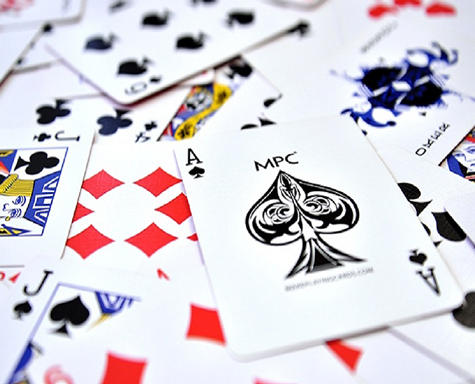
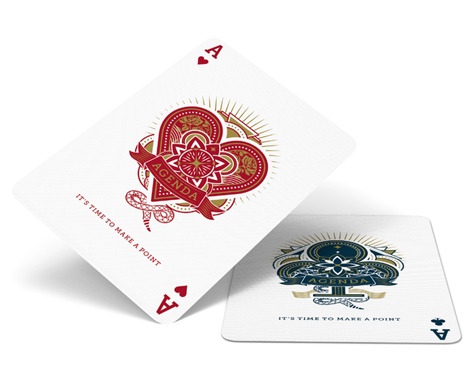
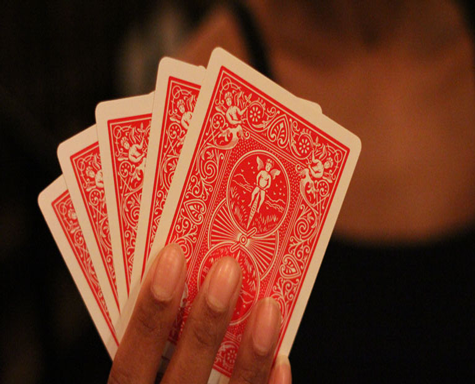
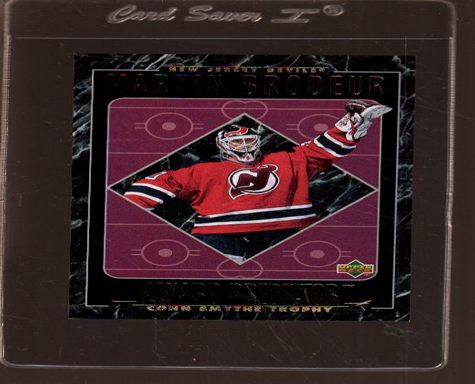
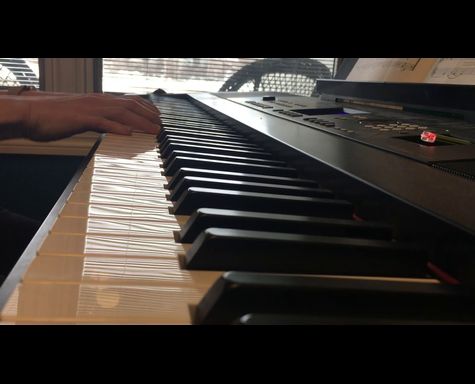
 Have a cool card trick? Please email it to us to
Have a cool card trick? Please email it to us to